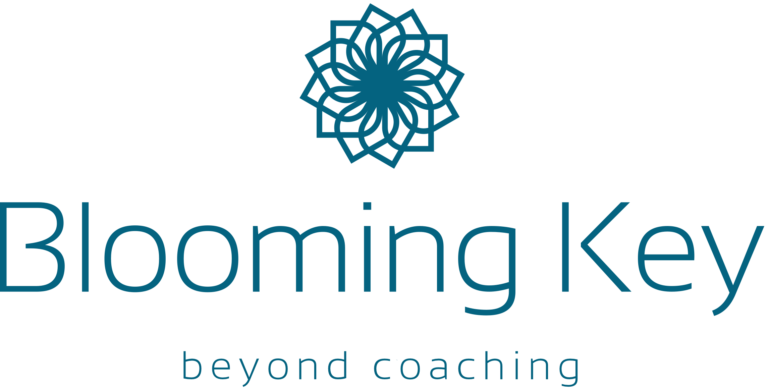
4 Rules for Being Better at Relationships
Wondering how you can be better at relationships and make your connection with others healthier and more positive? As a leading provider of emotional coaching and stress management in UAE we explain that building better relationships may seem easy to some on the outside, but a good relationship takes time and dedication. You can make a huge change in how you treat others close to you with these simple rules as guided by any expert emotional coaching and stress management coach in UAE: 1. Be You This means being authentic, open, and honest with your partner. You need to be willing to be vulnerable and show your partner who you are. You should also be willing to have a conversation about things that are bothering both of you so that the relationship can grow stronger. 2. Keep up the Communication Over time communication levels between people can start to diminish because of suppressed emotions and unexpressed opinions. Both partners must speak their minds when it comes to issues in the relationship, even if they do not like what they hear. If one person is holding back on sharing their thoughts or feelings, that is when problems tend to occur in relationships. 3. Be Dependable The third rule for being better at relationships is being dependable, especially when it comes to honesty. If someone does not feel like they can trust their partner or they feel like they are not getting enough love, then this could cause problems in the relationship


